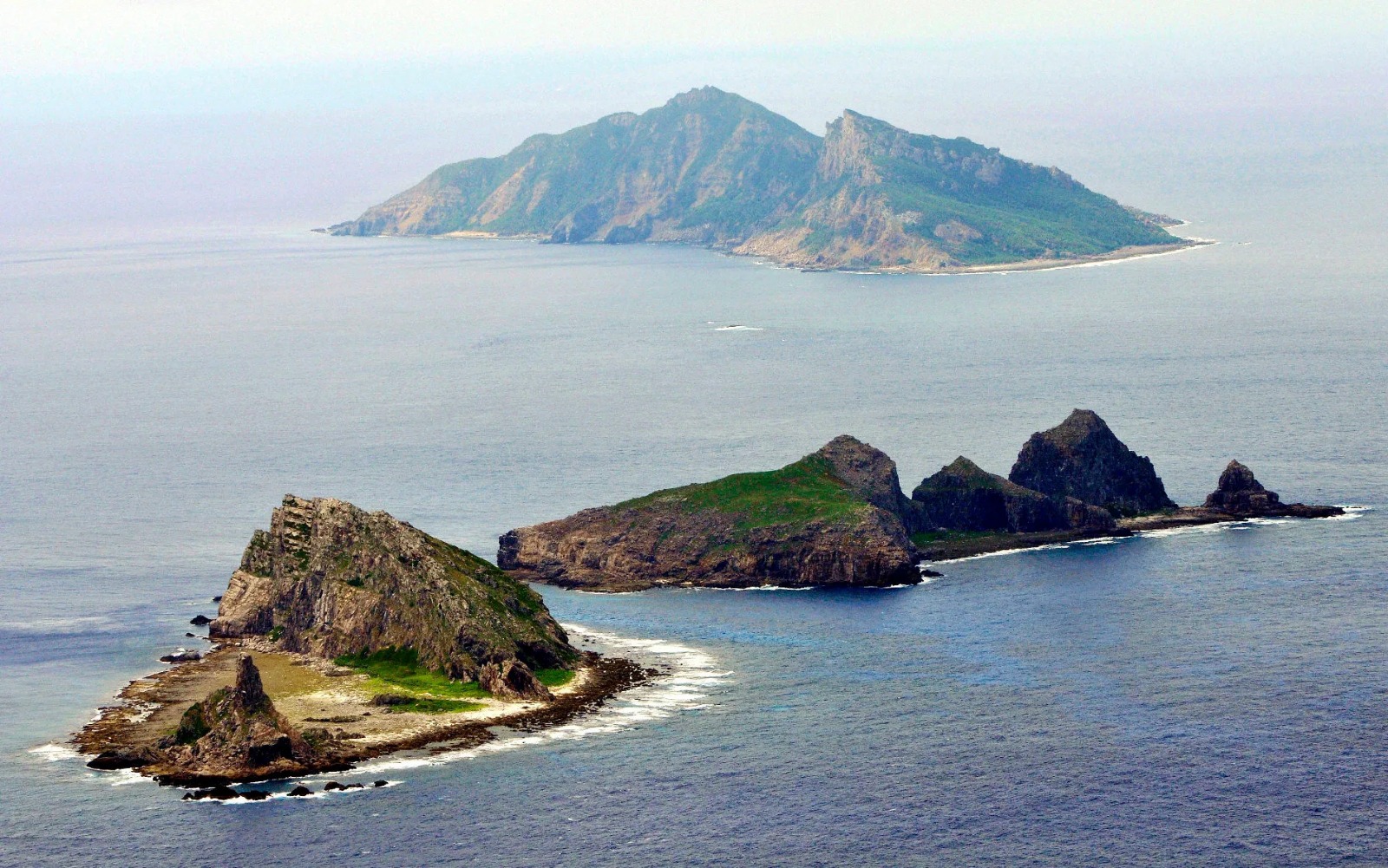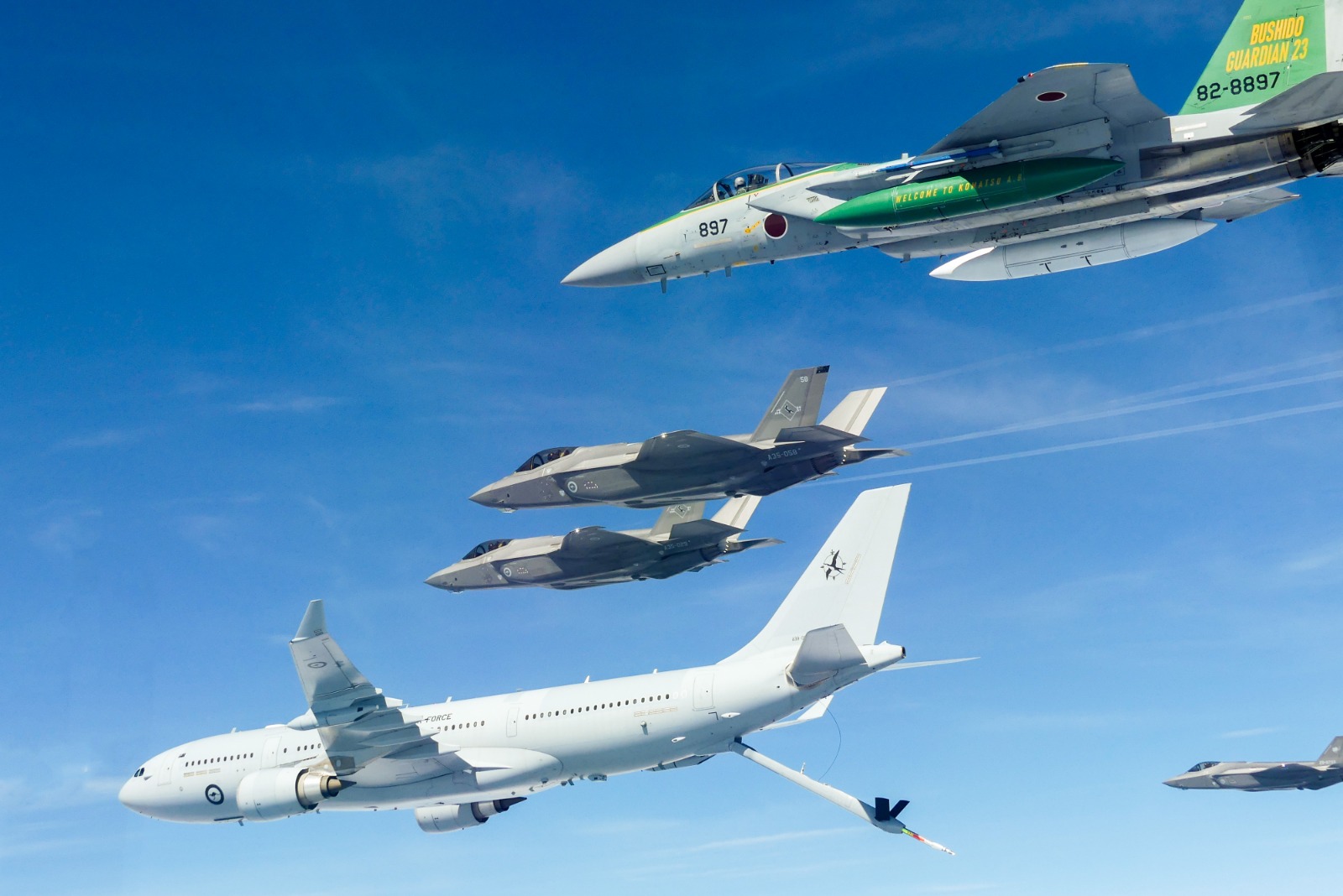Chinese Warships ‘Threaten’ Japan’s Aircraft To ‘Get Out’ Of Senkaku Airspace; Tokyo Name China As Enemy For The 1st Time

The Senkaku Islands in the East China Sea, which China claims but Japan controls, have been at the end of warnings from China Coast Guard warships since last month, according to people familiar with the matter.
According to reports in Japanese media quoting its sources, Beijing has issued repeated radio warnings since January, citing concerns that Japan’s Self-Defense Forces (SDF) planes may breach Chinese territorial airspace surrounding the islands, known as Diaoyu in China.
In an apparent attempt to prevent further deterioration of bilateral relations, they said Tokyo has refuted the claims and informed Beijing through diplomatic channels that such warnings are “totally unacceptable,” without making the move public.
According to the sources, one of China’s Coast Guard ships carrying a 76-millimeter rapid-fire cannon with a range of roughly twelve kilometers was among those that sent warnings to SDF aircraft while traveling in the contiguous zone outside of Japanese territorial seas. The SDF aircraft warned off by CCG were not identified.
Chinese military warships have previously asked Japanese Maritime Self-Defense Force planes to depart the area close to the Senkaku Islands. However, such warnings to SDF planes in Japanese territorial airspace are a first for Chinese Coast Guard ships, which routinely travel around the isles, according to a Japanese government official cited by Kyodo News.
The Chinese Coast Guard, which regularly dispatches ships to the waters close to the Senkakus and pursues Japanese fishing vessels in the sea, may have added issuing warnings to its list of duties recently.
Earlier this month, China announced a permanent presence of its Coast Guard vessels around the disputed Senkaku (Diaoyu) islands with Japan in the East China Sea (ECS) over the next year.
At the time, some unidentified sources said China plans to keep its ships near the Japan-controlled Senkaku Islands in the ECS “for 365 days in 2024 as leader Xi Jinping has called for bolstering Beijing’s sovereignty claim over the islets.”
During a rare visit to the Chinese Coast Guard’s East China Sea command office in Shanghai in November, Chinese President Xi Jinping urged strengthening Beijing’s sovereignty claim over the islets, which may have led to the recent development and warnings. It appears that Xi decided to intensify the CCG patrols on this visit.
Xi issued his directive even though Japanese Prime Minister Fumio Kishida reiterated “serious concerns” about the Senkaku situation during a summit meeting with the Chinese leader in mid-November in San Francisco.
To boost Beijing’s sovereignty claim in line with Xi’s appeal, the CCG coast guard “subsequently drafted a plan to keep the presence of its ships near the islets every day next year and conduct inspections of Japanese fishing boats in the sea area.” It also intends to monitor Japanese fishing boats in the surrounding sea area if needed.
Since Japan placed the islets under state control in 2012, the number of Chinese vessels sighted near the Senkakus in 2023 was 352, a rare record. The presence of the Coast Guard is only expected to swell this year, with more friction anticipated between the two regional arch-rivals.

Tension between the two Asian neighbors has traditionally stemmed from the dispute over the Senkakus. Chinese coast guard vessels have routinely trespassed into Japanese waters close to the islands since the crisis escalated in 2012.
However, as Beijing becomes more assertive and challenges its regional rivals over territorial disputes, Japan is preparing a counter-response and strengthening its defenses in the face of the threat.
Japan Names China As Adversary In Drills For First Time
To quell security concerns surrounding these islands, Japan has also been actively interacting with the US, which seems to want to balance out China’s power in the region. This was demonstrated in a recent set of drills where China was overtly named an adversary.
According to government sources, in a combined command post exercise, the Japanese Self-Defense Forces and the US military identified China as a hypothetical enemy for the first time.

This comes amid growing fears that Beijing may eventually invade Taiwan. Japan’s geographical proximity with Taiwan has induced concerns that it may get dragged into a potential conflict.
The computer-based exercise — from February 1 to February 9 — simulates an emergency in Taiwan. In the past, an enemy was referred to by a provisional name.
According to Japan’s secrecy rules, the Defense Ministry is thought to have categorized the scenario as a specially designated secret.
Military analysts said the move suggests a heightened sense of urgency among Japan and its ally, the United States.
In February of last year, Chinese President Xi Jinping gave the order for his military to be prepared for an invasion of Taiwan by 2027, according to US Central Intelligence Agency Director William Burns.
The final preparations, anticipated to be completed by the end of this year, will incorporate the outcomes of the ongoing “Keen Edge” exercise. To confirm the effectiveness of the “Keen Sword” practice, soldiers are anticipated to conduct a live demonstration by 2025.
Additionally, faced with a perpetual China threat, Japan is also boosting its military defense budget, acquiring long-range missiles from the United States, and venturing further into the Southeast Asian region to strengthen its presence and partnerships.
- Questions and Answers
- Opinion
- Story/Motivational/Inspiring
- Technology
- Art
- Causes
- Crafts
- Dance
- Drinks
- Film/Movie
- Fitness
- Food
- Games
- Gardening
- Health
- Home
- Literature
- Music
- Networking
- Other
- Party
- Religion
- Shopping
- Sports
- Theater
- Wellness
- News
- Culture
- War machines and policy

